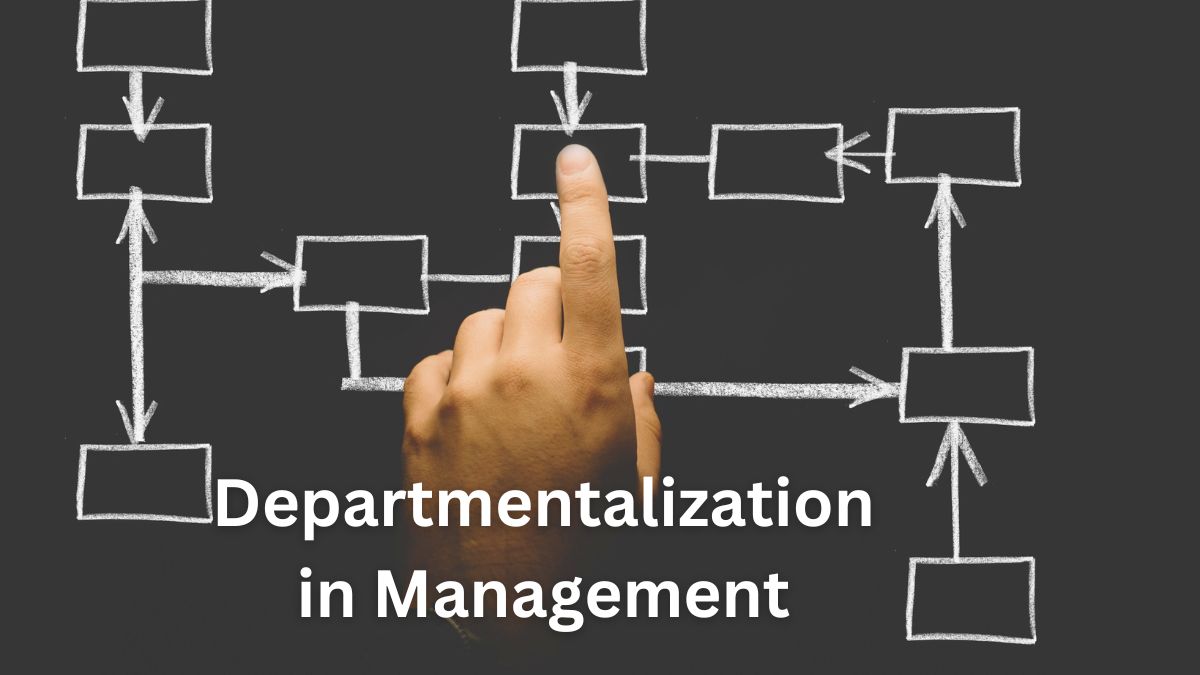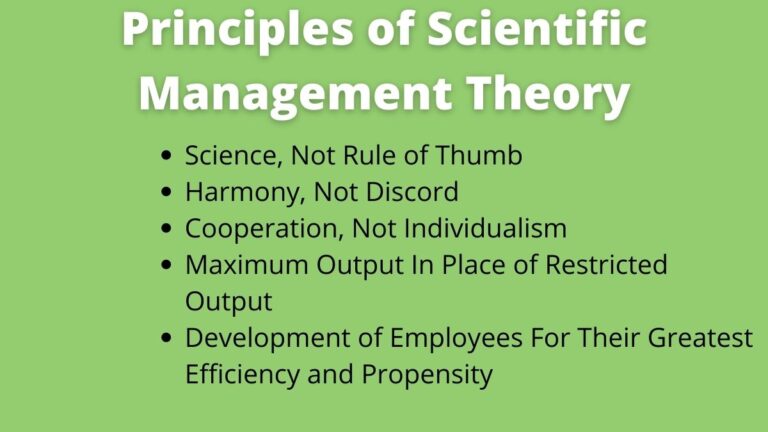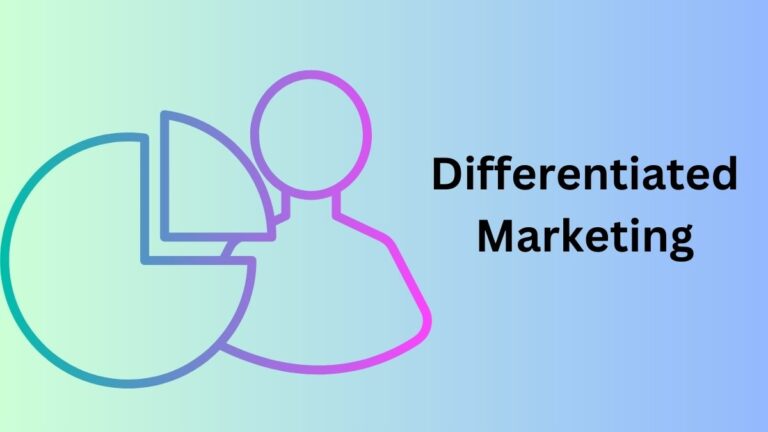What is Departmentalization? Definition, Objectives, Types, and Importance
In organizations there exist different types of work that requires various types of skills, knowledge, experience, and attitudes to accomplish. It is not possible for a single person to complete all those work even in a single team. For effectiveness in those jobs, it requires creating different units/departments having similar natures which is called departmentalization. Let’s discuss what departmentation is, its objectives, types, examples, and importance.
What is Departmentalization?
Departmentalization is the process of grouping similar nature of jobs into manageable forms called units or departments so as to make ease to each job done. For the proper coordination among organizational resources, it groups similar nature jobs into different functional units.
Departmentalization is also called departmentation. Departmentation is an important aspect of the organizing function. It divides the complex task into its various components so that each and every task can be done with ease and efficiency. It creates specialization by dividing responsibilities among functional areas.
Normally, the top-level manager creates different departments in the company. For example, production, marketing, finance, HR, R&D, etc. In each department, a manager is appointed, called the departmental manager, and necessary subordinates to carry out the work.
The departmental manager can assign tasks and authority to subordinates, and he is accountable for the performance of his department and should report the performance of his department to the top manager. The same happens in all departments.
The specific task is given to a specific department. Each department is independent and responsible to improve and expand its business performance. This process also creates accountability in each job position so that managers and subordinates can coordinate their efforts to reduce the problem of duplication and overlapping.
What is the Objective Departmentalization?
Following are the main objectives of departmentation in the organization.
- To create different manageable units to ensure ease in the job.
- To facilitate specialization in the work.
- To simplify the work process and operations in the workplace.
- To bring efficiency to the work.
- To increase clarity in responsibilities and establish accountability among employees.
- To facilitate control.
Types of Departmentalization
There is no one best way to design departments in an organization. The choice and need for departmentalization differ from organization to organization.
Related: What is Planning in Management?
However, it should be based on the nature, size, mission, goals, etc. of the organization. Departments can be formed on the basis of functions, products, territory, customers, processes, time, etc. The following are the main departmentation methods, they are:
Departmentation by Function
In departmentation by function, the department is created such as production, sales, marketing, human resource management, finance, etc. on the basis of specified functions. Here, the departments are formed by combining similar works to be performed within a functional unit.
Departmentation by Products
This is the departmentation of the organization on the basis of goods or services produced and provided by the organization. In this method, a separate department is created for a single product or product line and functions.
Departmentation by Geography/Territory
It is the process of grouping jobs to be done for different geographical territories. This method is suitable for large organizations with a wide network of operations.
Here, departments can be formed on the basis of geographical areas like country, region, continent, distinct, etc. depending upon their business operation.
Departmentation by Time
Hospitals, airports, hotels, etc. need to operate 24 hours a day. So, departments in such organizations are formed on the basis of time like morning shift, day shift, and evening shift.
Departmentation by Process
As you know, the production process consists of different stages to produce the final product. On the basis of this progress or working stage, different departments can be created which is called process departmentation.
Departmentation by Types of Customer
Organizations need to serve different types of customers on the basis of the volume of sales or types of products. So, it is better to prepare departments on the basis of customers to serve.
Importance of Departmentalization
Departmentation is an effective way to conduct a large number of activities smoothly and efficiently. It facilitates specialization at a job which helps to increase productivity and profitability. Departmentalization provides the following benefits:
Read Also: What is Decision-Making?
Specialization at Work
Departments are created by combining similar tasks into a job package. This indicates that only similar operations are carried out within the same department.
Employees who have experience and the necessary abilities for occupations like these may therefore do their work more competently and effectively. At work, this leads to specialization.
Increase in Efficiency
Departments facilitate specialization at work. At the same time, competition and coordination among various departments will be increased. Such practices increase organizational efficiency.
Fixation of Responsibility and Authority
Departmentation helps to create jobs by combining similar activities. Each job’s responsibility is assigned to the appropriate position. Each job position also has a set amount of authority for carrying out these tasks. As a result, there is less overlap and repetition at work.
Facilitation in Administration
Departments facilitate better supervision because of fixed responsibility and authority. Skilled and experienced employees and managers are appointed according to the needs of the jobs.
As the departments, only consist of related activities, thus, supervision becomes easy. Thus, departmentation makes the administration more effective and efficient.
Related: Levels of Management
Increase in Job Satisfaction
Departmentalization assigns job responsibilities based on an employee’s experience and interests. The job responsibility that best suits an employee’s skills and interests is given to them.
They benefit professionally from this and have reduced workplace stress. Such situations increase the satisfaction of employees with their jobs.
Balanced Work Load
Departmentation helps to balance the workload of the employees as they acquire just the responsibility on the basis of their talents and expertise. Each employee only receives the position for which he or she is qualified, at ease, and interested.
Such tasks can be completed quickly and with little effort. Jobs are prepared with only adequate tasks from the related field which a person can handle easily.
Organizational Growth
Proper departmentation increases the productivity of the organization. Coordination between the departments generates a positive synergy effect. Employees get satisfied, their job turnover gets lowered, and effectiveness gets increased. Costs of production remain low resulting in high profitability. These all support organizational growth.
Read Next: What is Organizational Structure?
Sajan Kushmi is a content writer with more than 4 years of experience. He holds BIM Degree. He write on the topics related to Management, Marketing, and Entrepreneurship.






